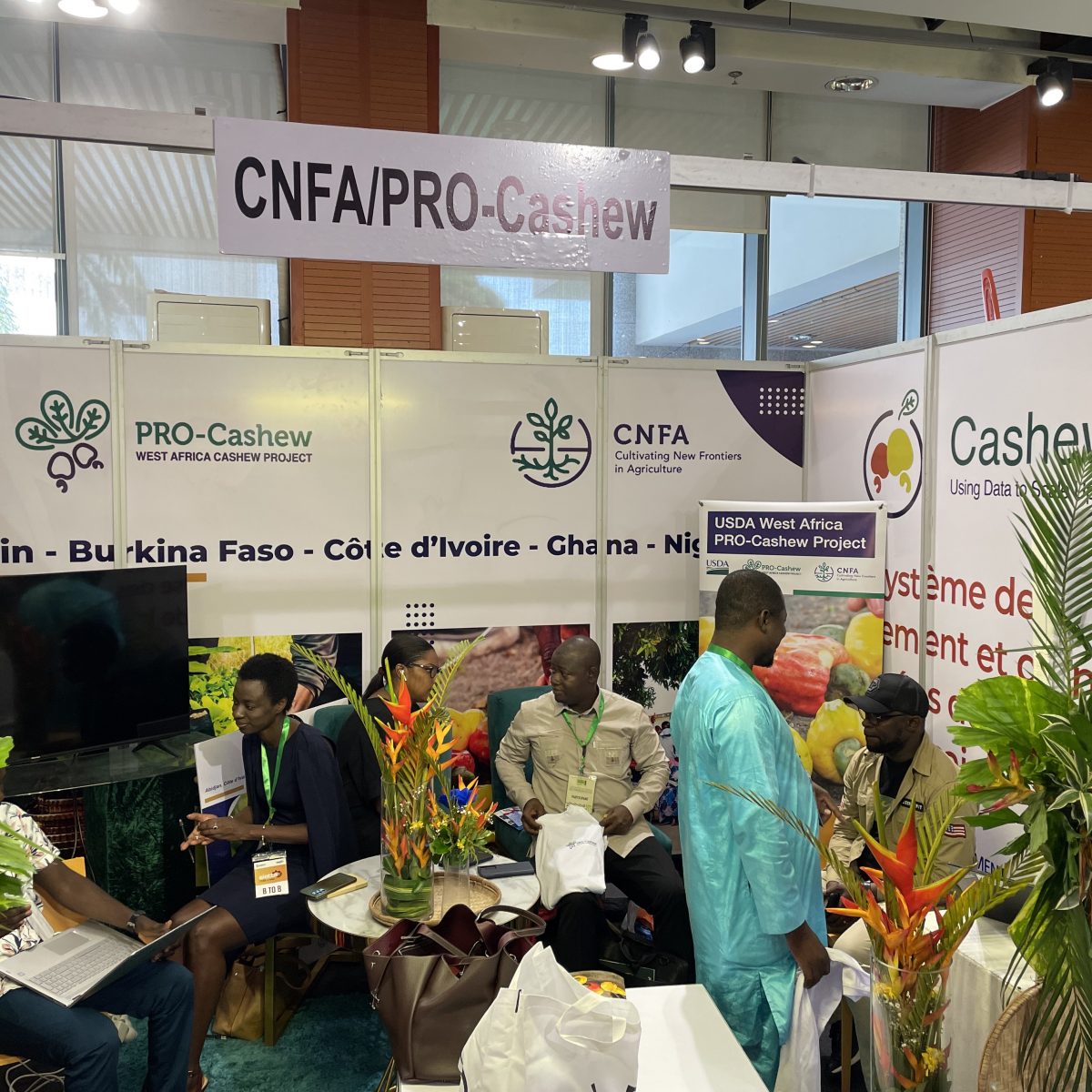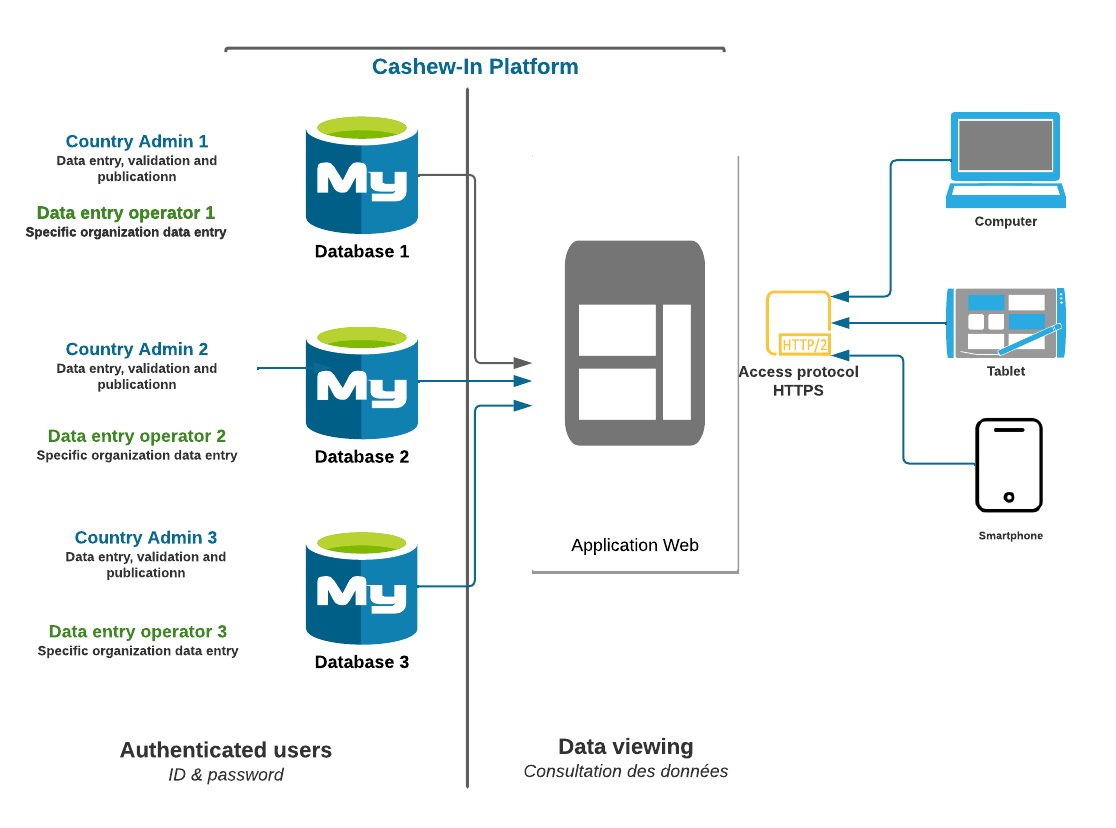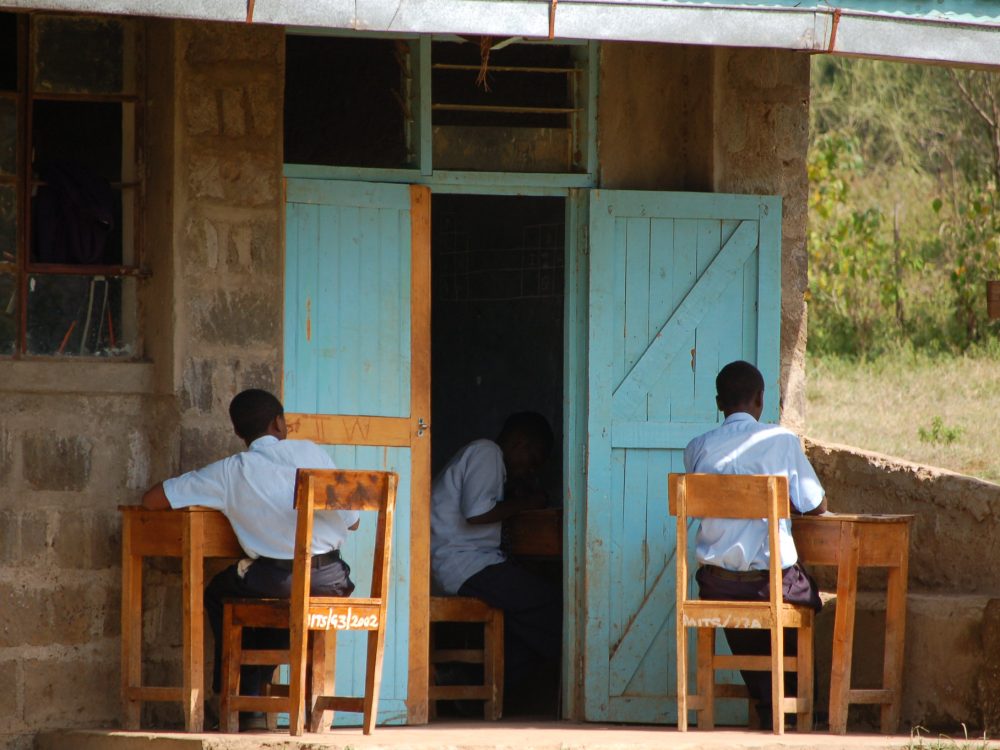
The Cashew-IN Platform: An Assessment of the Cashew Sectors in Five Countries (Part 2)
In order for cashew farmers, producers, processors, and other stakeholders in the West African cashew sector to increase profits, reduce loss, and improve global competitiveness, comprehensive and reliable data is required. Development Gateway: An IREX Venture (DG) partnered with Cultivating New Frontiers in Agriculture (CNFA) under the USDA West Africa PRO-Cashew project in order to develop the Cashew-IN program to address this need.
In the first part of this blog series, we discussed the CALM assessment of the cashew data ecosystem, key findings from the assessment, and how DG is using the findings as well as partner and stakeholder feedback to guide the development of the Cashew-IN platform, a website that will facilitate access to and use of data to improve decision-making for policymakers, farmers, and the private sector.
In this blog, we will look at the indicators on the Cashew-IN platform and what the data is telling us about the cashew sector more broadly.
What will the Cashew-IN Platform Do?
The Cashew-IN platform is currently being developed by DG and will include data on the cashew sector in the five implementing countries: Côte d’Ivoire, Benin, Burkina Faso, Ghana, and Nigeria (referred to as the Cashew-IN countries below).
Some stakeholders interviewed after the launch of the prototype in December 2021 and during the various interactions (i.e., user feedback sessions, platform presentation, etc.) reiterated the crucial role of the Cashew–IN platform. According to responses given during the stakeholder interviews, some actors will use the platform to help to foster a better culture of statistical data production and dissemination and others will use it to raise awareness, guide, and influence decision-making of cashew stakeholders (such as researchers, producers, traders, and policy-makers) who are working within the production, processing, marketing, and consumption sectors.
Data and information generated from the platform can also support decisions of member states on policy issues as well as public and private actors to increase and secure investments in the sector.
What Does the Cashew-IN Platform Include?
Key informants and co-design workshop participants agreed on three themes to include in the Cashew-IN platform: production, processing, and trade. Participants also expressed specific and detailed data needs for each theme, which were similar across the five Cashew-IN countries with small country-specific differences:
- At the production level: participants articulated data needs around several themes including research studies, good agricultural practices, production costs, access to land, access to agro-processing supplies, and phytosanitary treatments;
- At the trade level: the data needs are the publication of international markets import-export statistics, information on national and international demand, processing countries customs statistics, and best practices from different cashew producing countries as well as current standards impacting the different cashew markets;
- At the processing level: in addition to locating the different processing units with the Cashew-IN countries, knowledge of almond grades, technological innovations and requirements to access international markets are needed, as expressed by workshop participants ; and
- Other identified needs include a national directory of service providers across the value chain, information related funding opportunities, organization of the cashew sector in each country of implementation, and women’s involvement in the sector.
The software development team included the following aspects in the design and the conception of the Cashew-IN platform:
- The platform is in English and French. Each country’s official language will be the default language, although users can switch languages at any time using the toggle available in the platform’s interface.
- The platform will accept indicator data from 2015 onwards for users to get familiar with the platform’s charts and graphs that display indicator progress over time.
- A data entry and/or update can be done directly from the user interface or by uploading Excel worksheets in the platform.
- All charts, graphs, tables, and maps will display the official source of the data being shown. This information will be embedded in all download functionalities.
- The platform supports two user modes: an authenticated mode for all users designated to enter and/or update data in the platform and a public user mode for general users to access the Cashew-IN public interface and associated content.
- Several user profiles have been configured for authenticated users to streamline the information flow while promoting and supporting national data ownership and appropriation. These user profiles include:
- System administrator (SA): the user responsible for the overall platform settings and maintenance with read-only access to country data;
- Country administrator (CA): the user responsible for country data management with full access rights to country data and country specific parameters and settings, including users management; and
- Focal point (FP): the user responsible for data entry and/or update. Each FP will have to be officially designated by their responsible organization and will only be entitled to enter and/or update data pertaining to their organization.
Additional profiles and/or data management rules (e.g., data review and validation) can be configured as needed for each of the Cashew-IN countries.

Lessons Learned During the Data Ecosystem Assessment and Stakeholder Engagement
Throughout the implementation, the DG team learned several lessons related to the need for the Cashew-IN platform to be consistent with national policies and the importance of engaging national partners from the start of the project.
More specifically, DG learned the importance of tailoring the Cashew-IN platform to meet the country’s national data disclosure framework and that the data included on the platform needs to remain the property of the original source. Implementing this approach helped to alleviate stakeholder concerns regarding the management and confidentiality of their data.
DG also learned the importance of transparency, specifically we identified the need to ensure national stakeholders are included in the development of a new tool, beginning at the assessment phase of the project. Additionally, DG found that stakeholders engagement early in the project led to deepened buy-in and commitment to sharing data needed on the Cashew-IN platform.
Next Steps
The technical development of the Cashew-IN platform is currently ongoing with the addition of further pages and features on trade and processing. One of the key activities in 2023 will be adding regional and country-specific data to the Cashew-IN platform.
To learn more about how stakeholders will use the platform, check out our blogs: Voices of the Cashew Sector.
Share
Recent Posts

Beyond Kigali: Where Does Africa Go from Here with AI?
As governments, funders, entrepreneurs, and technology leaders rally around the AI moment and move towards actions, at Development Gateway, we are asking a different set of questions: Where is the data, and what is the quality of the data behind the algorithms? How will legacy government systems feed AI tools with fresh and usable data? Are Government ministries resourced to govern and trust the AI tools that they are being encouraged to adopt?

Shared Struggles, Shared Solutions: Education and Cross-Sector Data Use Insights
This blog draws on DG’s experience in climate, health, aid management, and agriculture to explore connections between the challenges of data collection, data hosting, and data governance across different sectors and what the solutions to overcoming them can teach us about strengthening education data systems.

Economic Toll of Tobacco-Related Diseases in Kenya: New Research Findings
Development Gateway: An IREX Venture (DG) is pleased to announce the publication of a research manuscript on the Economic Costs of Tobacco-Related Illnesses in Kenya. This research was carried out as part of the Tobacco Control Data Initiative (TCDI) activities in Kenya and is part of a broader report on Morbidity and Mortality from Tobacco Use in Kenya.